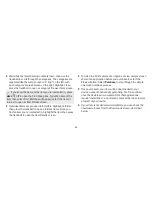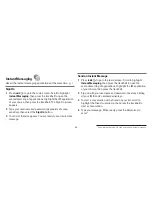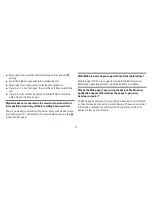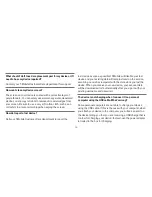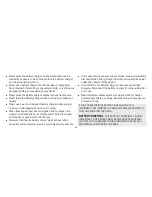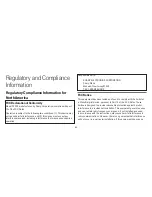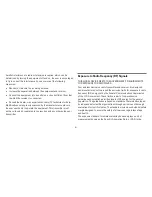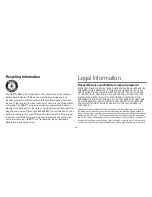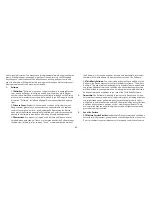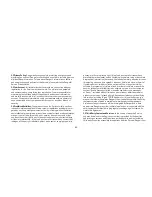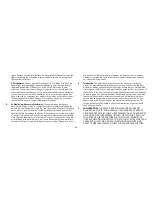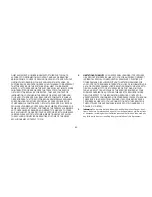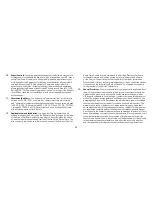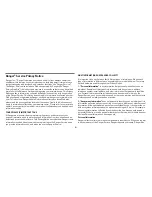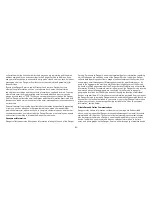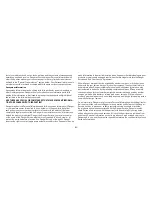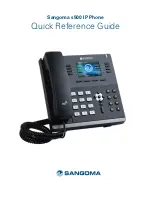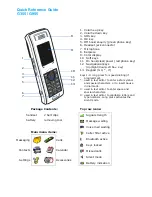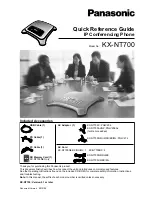
-79-
n
Never place the battery charger on any surface that can be
marred by exposure to heat; always place the battery charger
on a heat-insulating surface.
n
Never use a battery charger that has received a sharp blow,
been dropped, thrown from a speeding vehicle, or is otherwise
damaged; doing so may damage your device.
n
Never place the battery charger adjacent to any heat source.
n
Never leave the battery charger close to an open container of
liquids.
n
Never use a worn or damaged battery charger cable or plug,
or a worn or damaged extension cord or plug.
n
When traveling abroad, never plug the battery charger into
a power source that does not correspond to both the voltage
and frequency specified on the charger.
n
Always confirm that the battery charger plug has been fully in-
serted into the receptacle to ensure a secure electrical connection.
n
In the event of any unusual odor or smoke, always immediately
disconnect the battery charger from the device and the power
outlet, then power off the device.
n
It is normal for the battery charger to become warm when
charging. Disconnect the battery charger from the outlet when
not in use.
n
Never attempt to disassemble or repair an battery charger,
power supply cables, or plugs, because doing so exposes you
to electric shock.
!
RISK OF EXPLOSION IF BATTERY IS REPLACED BY AN
INCORRECT TYPE. DISPOSE OF USED BATTERIES ACCORDING TO
THE FOLLOWING INSTRUCTIONS:
BATTERY DISPOSAL
THIS PRODUCT CONTAINS A LITHIUM-
ION BATTERY. THIS BATTERY MUST BE DISPOSED OF PROPERLY.
CONTACT LOCAL AGENCIES FOR INFORMATION ON RECYCLING
AND DISPOSAL OPTIONS IN YOUR AREA.


